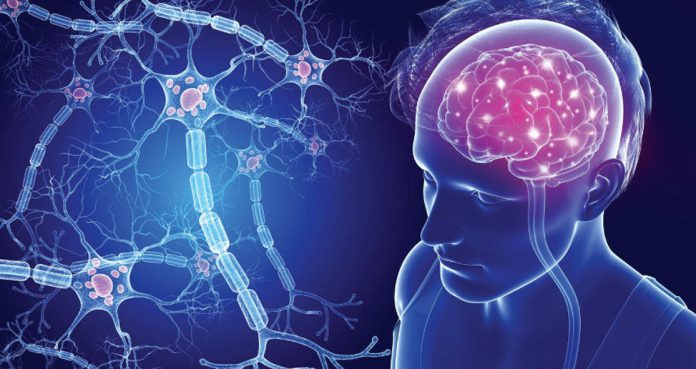Scientists from the University of Texas at Dallas have developed a new technology for diagnosing and managing multiple sclerosis (MS).
Their innovative technology can be useful at determining the damaged parts of the brain and knowing which parts have the potential to heal themselves and which do not. This is quite promising for those who are the risk of developing or already suffering from MS.
Physicians currently use 2D slices of MRI scans to identify lesions and diagnose MS. However, it does not indicate how the lesion will behave over time, which is one of the important aspects of managing the condition.
To address this challenge, the scientists used a computer tool to understand whether lesions are metabolically inactive or active based on 3D imaging data.
The team focused on a variety of biomarkers, such as cerebral blood flow, cerebral metabolic rate, and blood oxygen level-dependent signal. The researchers determined whether a lesion was metabolically active and could potentially heal on its own or not.
They analyzed and evaluated MRI scans of 23 patients and 109 different lesions.
With the help of their 3D approach, they found metabolically active lesions more spherical with a rough surface and metabolically inactive lesions irregular in shape with a smooth surface.
The researchers believe that these metrics could help in diagnosing and managing multiple sclerosis quickly and more efficiently.
Lead author Dinesh Sivakolundu said, “This diagnostic method represents a significant advance in our field, considering the new MS drugs being developed to heal damaged areas of the brain. Using our new technology, we could potentially determine which patients would benefit from such new drugs and which patients would not.” The findings were published in the Journal of Neuroimaging.























